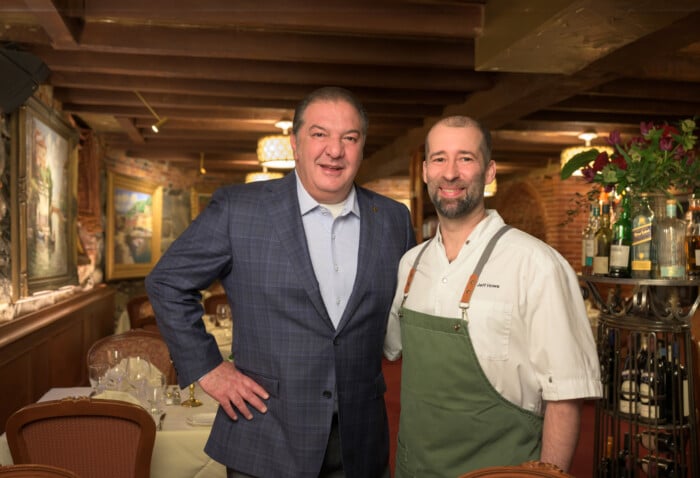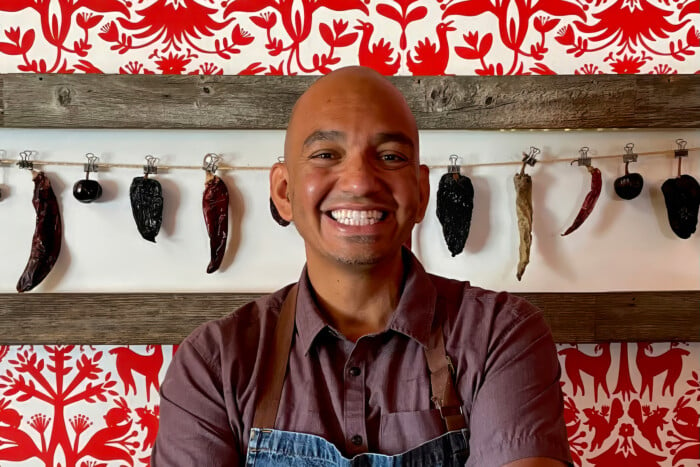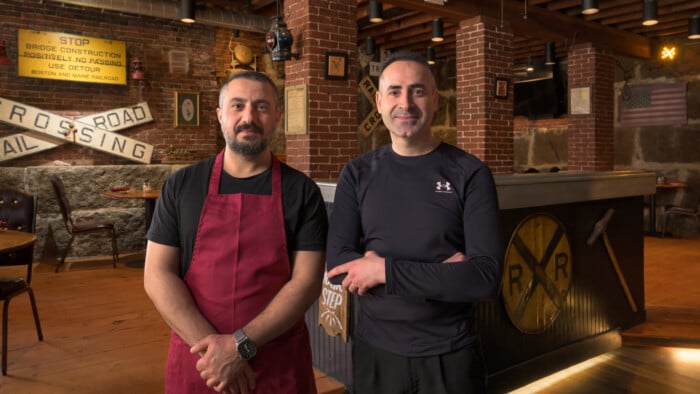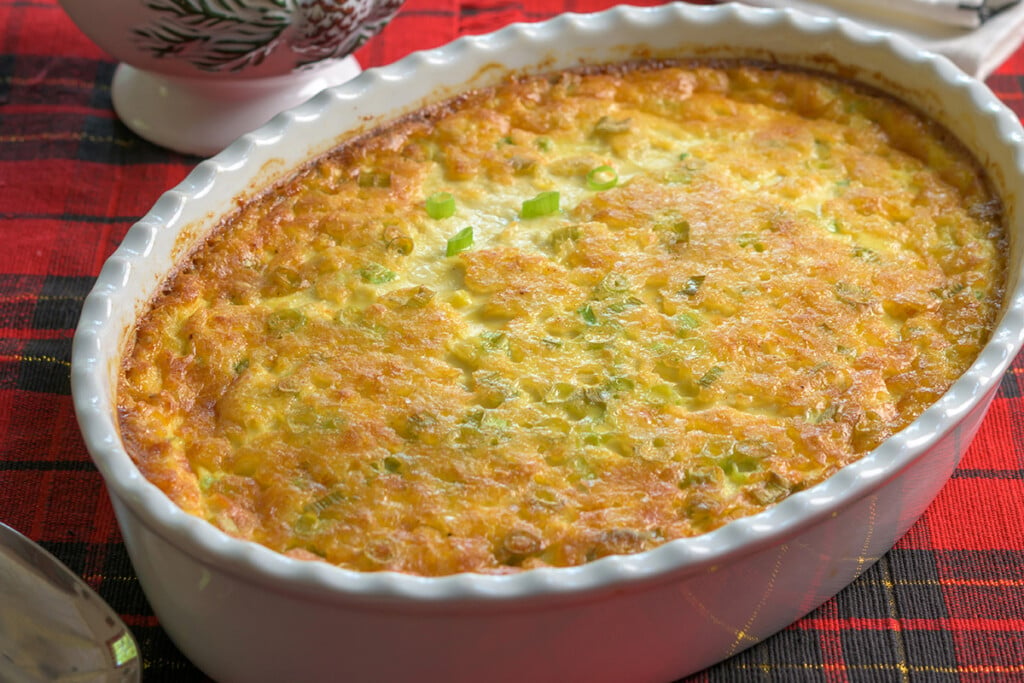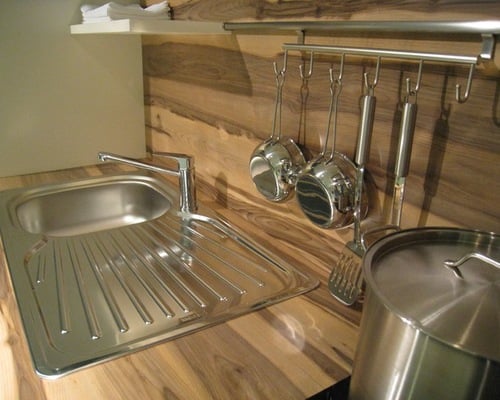A Mosaic of Turkish Flavors
It is often said that if you want to understand a people’s culture, start by experiencing their native cuisine.
It would be wrong to characterize the food of Turkey as a cuisine based on a few staple ingredients. In the port city of Kusadasi, which I visited some years ago, I headed straight for the outdoor food markets and was greeted by vendors offering me a cup of apple tea; this, I later learned, was a sign of Turkish hospitality. A long discussion then ensued about the market display of an endless variety of spices, like the ubiquitous red pepper flakes, sumac, cumin, za’atar, saffron, bay leaves and all-spice, which are all hallmarks of Turkish cooking. I sampled cheeses, hummus, olives and yes, Turkish Delight! Each taste delivered a little history lesson about the foods and the culture surrounding them.

A customer favorite, the mixed appetizer platter includes tabouli, Mediterranean salsa, babagannush and haydari.
If a trip to Turkey is not in your plans, you can head over to Anatolia Mediterranean Restaurant, located in an old train station in Somersworth, where Ali Kalem, owner and executive chef, will introduce you to classic Turkish home cooking.
Ali, who was born in Adana in southeast Turkey, is a warm and consummate host with over 15 years of experience in the hospitality business. His passion for sharing the uniqueness of Turkish food is evident in every dish he cooks, and it is a memorable experience for guests to enjoy the many regional variations that he presents.
Ali says that his cooking reflects all that Turkish cuisine is claimed to be — one of the world’s healthiest diets, based on olive oil, spices, seasonings and legumes like chickpeas for making such popular dishes as hummus and falafel. Meat kebabs (lamb, beef and chicken) are hallmark dishes. Visit on Thursday nights, when belly dancing sets the mood even before your first bite.
Mary Ann Esposito [MAE]: How was Turkish cuisine embraced when you opened Anatolia?
Ali Kalem [AK] : Turkish cuisine is one of those specific foods that is globally accepted due to its rich culinary tradition rooted in the Ottoman Empire and blended with Mediterranean, Middle Eastern and central Asian cultures. We knew Somersworth was a great location because the city has such cultural diversity, and the community enthusiastically welcomed Anatolia.
MAE: What are some of the key ingredients that define Turkish cooking?
AK: Frequently used ingredients in Turkish specialties include lamb, chicken, beef, fish, rice, eggplant, green peppers, onions, cucumbers, garlic, lentils, beans, zucchini, chickpeas, tomatoes, herbs and spices.
MAE: What are customers most surprised by when they come to the restaurant?
AK: The lavash bread is one of the most popular items on the menu that most people find interesting. And the fact that we are in the third-oldest building in Somersworth, which originally was a train station and still maintains a station ambience, also comes as a bit of a surprise.
MAE: Does your cooking focus on classic homestyle dishes or a combination of homestyle and nontraditional dishes?
AK: I was trained by my mom and my grandmother. Our cooking is 100% homestyle dishes.
MAE: What is the most requested dish?
AK: Adana Lamb Kebab and Kofte Lamb Kebab are the most requested items on the menu. As an appetizer, the lavash bread and the mixed appetizer platter are huge sellers!
Kofte Kabob
Serves 4 to 6
 Kofte refers to a ground meat dish, usually lamb, that is shaped into patties, balls or ovals. It is one of the most common Turkish dishes. The combination of herbs and spices adds a distinct flavor profile to the dish, reflecting culinary traditions.
Kofte refers to a ground meat dish, usually lamb, that is shaped into patties, balls or ovals. It is one of the most common Turkish dishes. The combination of herbs and spices adds a distinct flavor profile to the dish, reflecting culinary traditions.
For the meat:
1 small onion, minced
1 small bunch parsley
1½ pounds ground lamb
1½ teaspoons salt
1½ teaspoons black pepper
1 teaspoon paprika
½ teaspoon cumin
1 teaspoon dried oregano
- Use a mini-chopper or food processor with the steel blade and process the onions and parsley until well minced. Transfer to a bowl.
- Add the meat, salt, pepper, paprika, cumin and oregano and mix until thoroughly combined.
- Sauté a spoonful of the meat mixture in a small pan to test the seasoning and adjust to taste.
- Shape the meat mixture into small meatballs or patties. Grill, bake or fry them and serve with garlic yogurt sauce.
Garlic Yogurt Sauce:
2 pounds plain yogurt
¾ cup extra virgin olive oil
1 teaspoon dried oregano
1 teaspoon pureed garlic
Salt to taste
- Combine the yogurt, olive oil, oregano and garlic puree in a bowl.
- Whisk the ingredients until well combined. Add salt to taste.
Hummus
Serves 4 to 6
 Hummus is considered a staple dish within the broader Middle Eastern culinary tradition and widely consumed in Turkey as part of the meze (appetizer platter), which reflects the region’s shared history and cultural influences. It is often served with fresh lavash bread, showcasing its importance in everyday Turkish meals.
Hummus is considered a staple dish within the broader Middle Eastern culinary tradition and widely consumed in Turkey as part of the meze (appetizer platter), which reflects the region’s shared history and cultural influences. It is often served with fresh lavash bread, showcasing its importance in everyday Turkish meals.
One 15-ounce can chickpeas, rinsed and well drained
Juice of 1 large lemon
¼ cup tahini (sesame paste)
3 tablespoons extra-virgin olive oil
2 small garlic cloves, minced
½ teaspoon ground cumin
½ teaspoon salt
2 to 3 tablespoons cold water, if necessary
- In a food processor, puree the chickpeas with the lemon juice and tahini paste until well blended.
- Add the olive oil, minced garlic and cumin and process for 30 seconds.
- Scrape the sides and bottom of the bowl, and then process for another 30 seconds or until well blended and the mixture is smooth. If the hummus seems too thick, add water as necessary.

